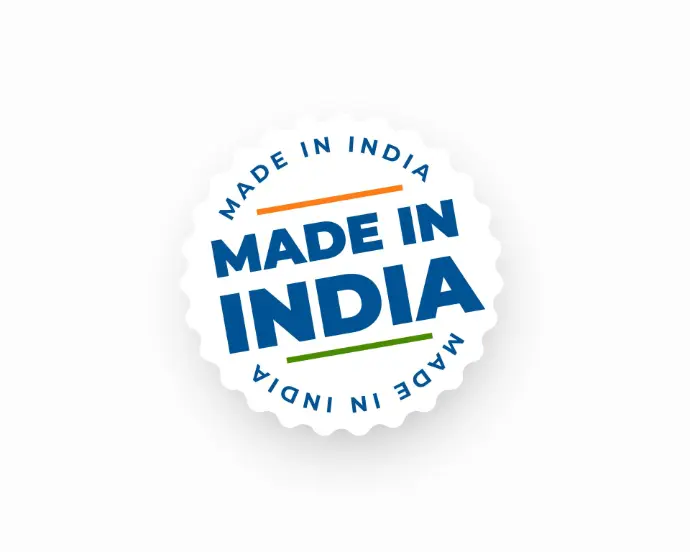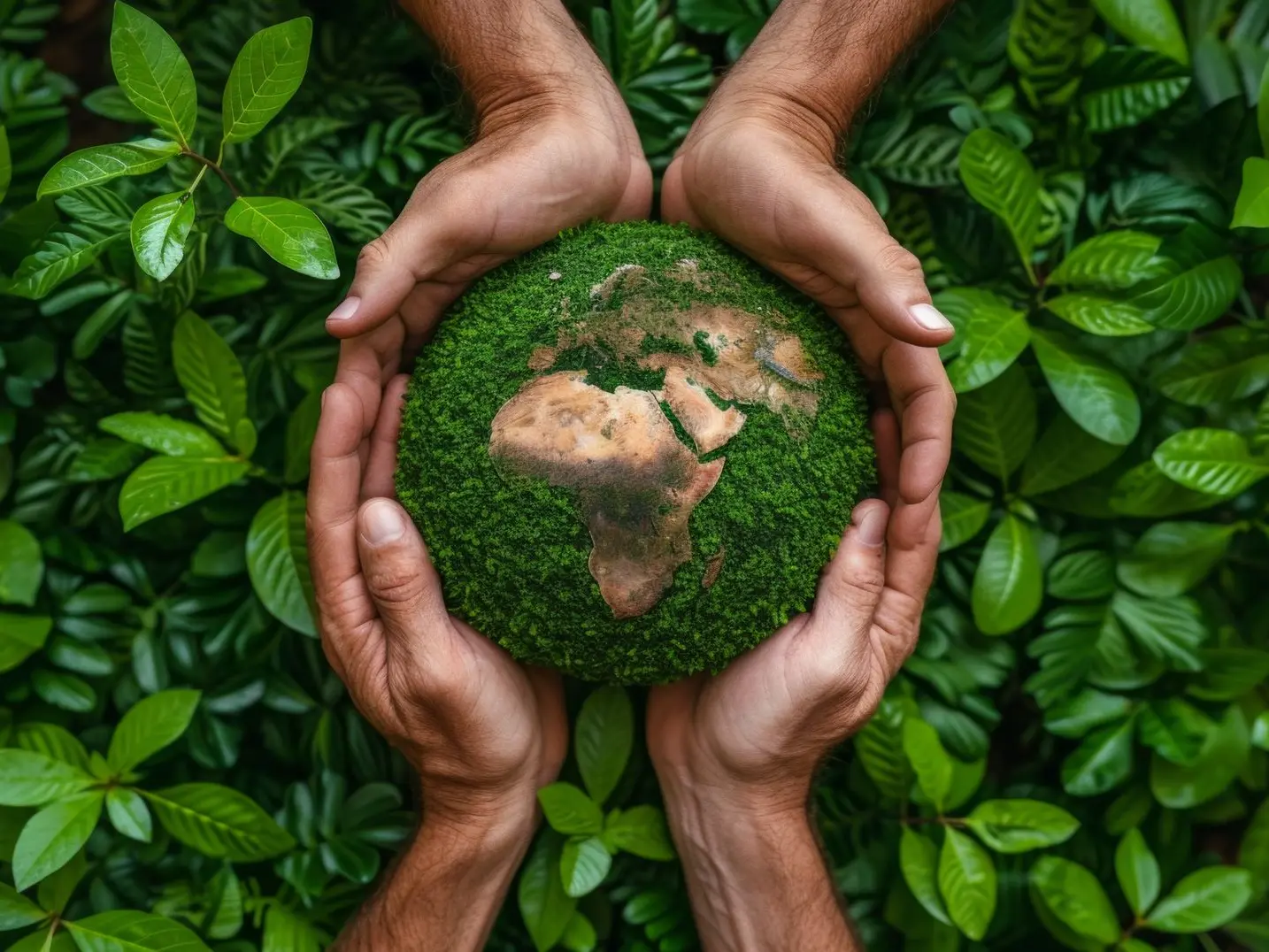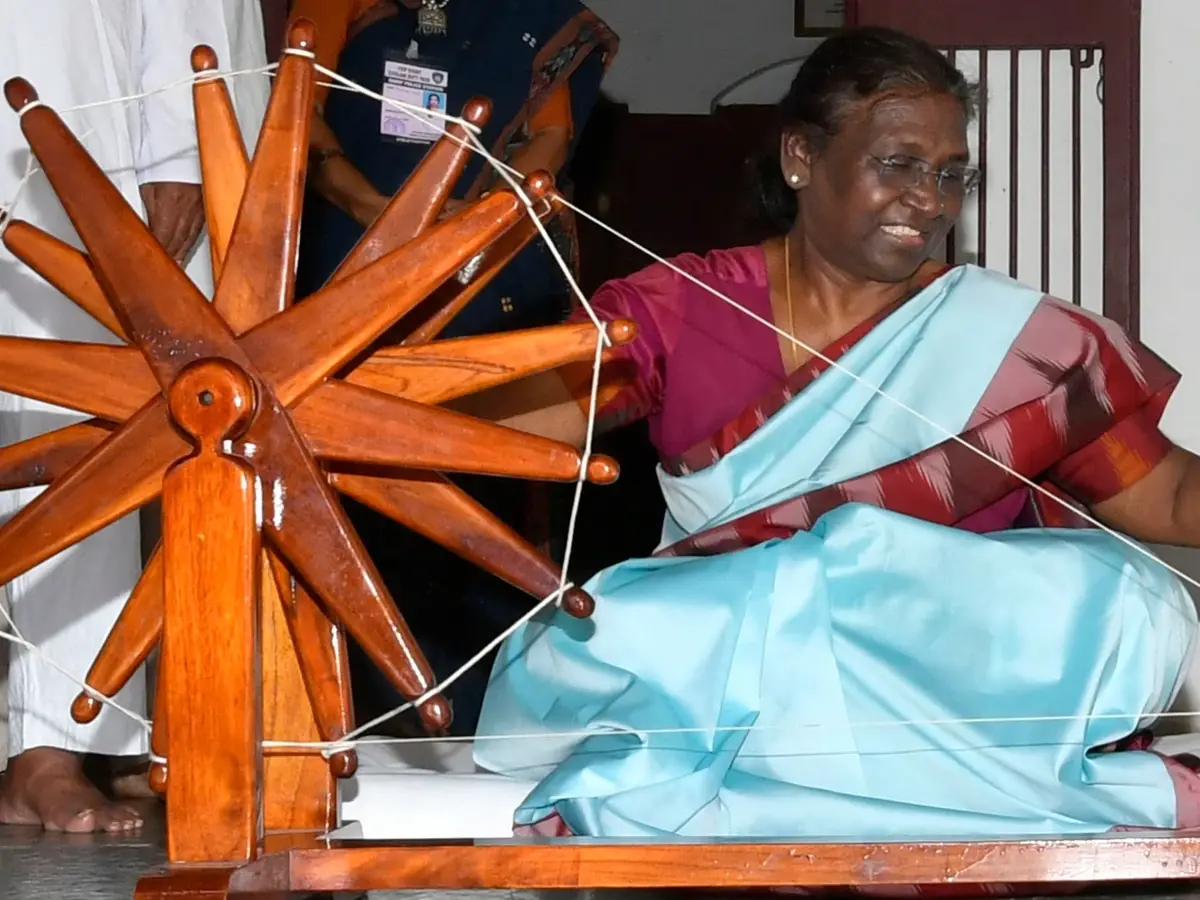For years, China has dominated global fashion manufacturing and consumption. But now, all eyes are turning to India — a country with an extraordinary blend of culture, craftsmanship, technology, and youthful energy.
In 2025, India isn’t just following fashion trends — it’s helping create them.
Let’s explore why fashion leaders, global luxury houses, and textile innovators are calling India the next big fashion hub of the world.
The Global Shift: From “Made in China” to “Made for India”
Over the last decade, rising production costs in China and disruptions in global supply chains have encouraged brands to diversify. India, with its strong textile heritage and growing economic power, has become the natural next choice.
According to the McKinsey x Business of Fashion 2025 Report, more than 67% of global fashion executives see India as one of the top three emerging markets for the next five years.

Why?
Because India offers something unique:
- A huge population (1.4 billion+) with rising purchasing power
- A young demographic — over 65% under age 35
- A thriving digital ecosystem fueling online fashion
- Centuries of textile craftsmanship combined with modern production
This perfect blend of tradition and technology positions India as both a manufacturing powerhouse and an innovation hub.
The modern Indian shopper is very different from even a decade ago. They are digitally savvy, brand-aware, and style-driven, but also value sustainability and local craftsmanship.
Here’s what’s driving the change:

1. Digital Fashion Revolution
E-commerce platforms like Myntra, Ajio, Nykaa Fashion, and international players such as H&M and Zara have transformed shopping habits.
Consumers now expect personalization, fast delivery, and access to both global and local brands at their fingertips.

2. Sustainability Awareness
Indian consumers, especially urban youth, are becoming more eco-conscious. Organic cotton, handloom, bamboo fiber, and recycled polyester are gaining popularity.
Fashion influencers and celebrities are championing “responsible fashion” — a trend that aligns with India’s traditional philosophy of minimal waste and ethical craftsmanship.

3. Pride in Local Heritage
There’s a growing “Make in India, Wear Indian” sentiment. From khadi kurtas to Banarasi-inspired silhouettes, local textiles are being reimagined for modern wardrobes.
Even global brands are collaborating with Indian artisans for limited-edition capsule collections.
India is not just a big market — it’s one of the largest textile producers in the world.
- 2nd largest producer of cotton
- 6th largest exporter of textiles and apparel globally
- A complete value chain — from fiber to fashion — within one country
Major textile clusters like Tirupur, Surat, Ludhiana, Panipat, and Bhilwara are integrating automation, digital printing, and sustainable dyeing technologies.
This means brands can produce at scale while meeting global quality and sustainability standards.
PLI (Production Linked Incentive) schemes by the Indian government are encouraging large-scale textile investments, especially in man-made fibers and technical textiles — key areas for future growth.
Luxury brands are also setting their eyes on India.
- Louis Vuitton, Dior, and Cartier are expanding retail footprints in cities like Mumbai, Delhi, and Bengaluru.
- Dior’s 2023 show at Mumbai’s Gateway of India was a landmark moment — celebrating Indian craftsmanship on the global stage.
- Reliance Brands and Aditya Birla Fashion are partnering with international labels to bring more premium options to Indian consumers.
The luxury segment in India is expected to grow by 40% between 2024 and 2027, according to Bain & Company.
While the future looks bright, a few hurdles remain:
- Infrastructure and logistics need improvement to match global speed-to-market expectations.
- Skilled labor shortages in technical textiles and digital design remain a concern.
- Sustainability compliance (especially for exports) needs stronger frameworks.
- Rural markets, though full of potential, remain underpenetrated by organized retail.
By 2030, India is projected to become the third-largest apparel market in the world, behind only the U.S. and China.
The country’s ability to merge ancient craftsmanship with modern innovation will define the next era of global fashion.
Whether it’s luxury couture inspired by hand embroidery, or eco-friendly athleisure crafted from bamboo blends — Indian textiles and fashion will lead the conversation on what’s stylish, sustainable, and smart.

